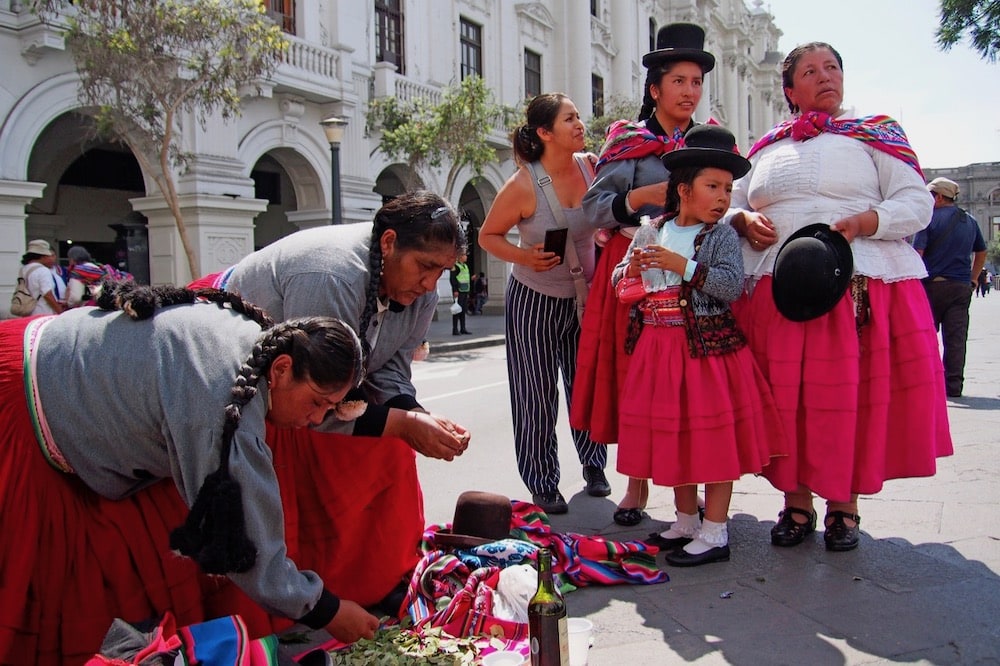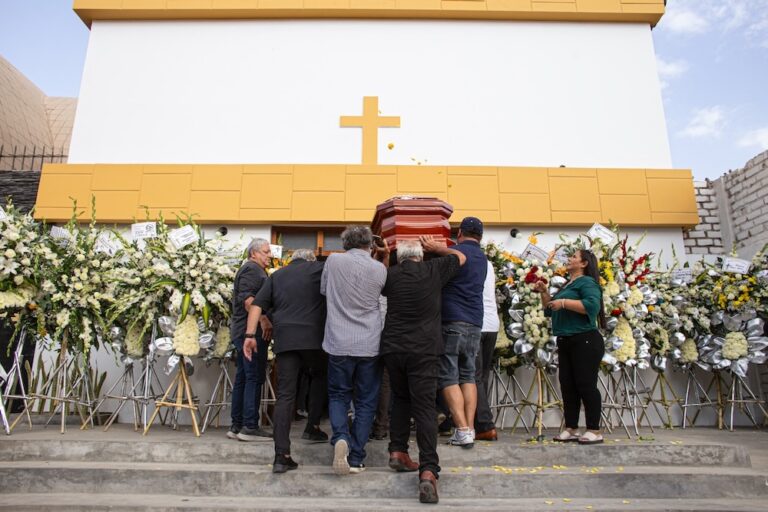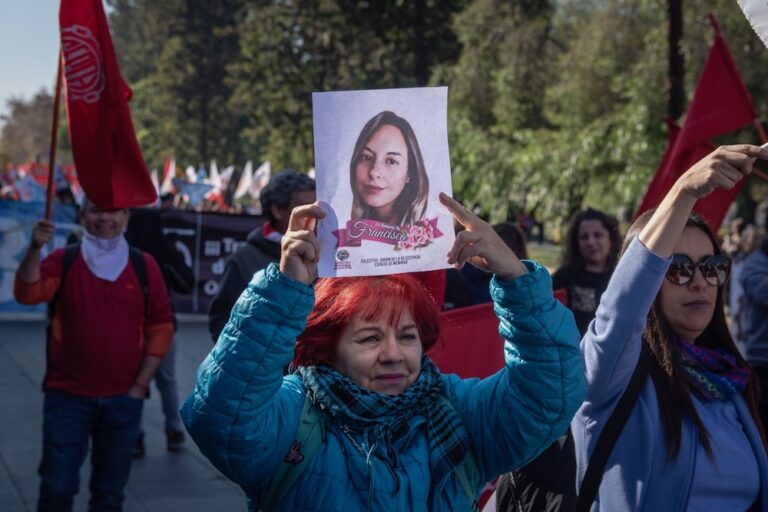"For the past two months, this country - which showcases its diversity for tourism but fails to recognize it - has not only been facing protests led by Andean inhabitants in their own localities but also in caravans heading for Lima."
This statement was originally published on globalvoices.org on 1 March 2023, It is an extract of an article written by Elizabeth Salazar Vega for Connectas, and republished on Global Voices under a media partnership agreement.
Racism has ultimately determined who can rightfully protest or live
I must only have been six years old when my mother concealed her identity to protect me. “If anyone asks where your parents are from, tell them your mom is from Ica and your dad is from Arequipa,” she said one day while combing my hair. After tying it with a ribbon, we set off for school in Miraflores. This is one of Lima’s most affluent districts, and where I spent my early school years.
However, sometime later I came to realize that her native Ayacucho, in the southern Andean region of Peru, was an all but a forbidden word in the capital. Those migrating from this city were looked down upon with suspicion and identified as terrorists merely for being born there. The demonym for Puno (Puneño), which is the border region with Bolivia where my father was born, is also used as an insult in major classist cities.
Nothing has changed in Peru. Over the last few years, the so-called terruqueo has spread throughout the country. This term describes a practice that vilifies protesters by accusing them of being terrorists. Its objective is to ultimately diminish their voice and credibility. As such, neither natural origin and skin color discrimination nor terruqueo will instantly disappear with generational change. Beca 18 is a state-funded program for talented but disadvantaged youths. However, their academic merits count for nothing when they are judged on their appearance and way of speaking. Indigenous students’ attendance at Lima’s top private universities is so disruptive that, since the introduction of Beca 18, student well-being offices have had to introduce integration support programs for those arriving from other regions.
For the past two months, this country — which showcases its diversity for tourism but fails to recognize it — has not only been facing protests led by Andean inhabitants in their own localities but also in caravans heading for Lima. Quechua-speaking men and women, including those with traditional skirts, ponchos, hats, and distinctive provincial flags, have spearheaded demonstrations calling for the resignation of President Dina Boluarte and the dissolution of Congress. However, just like in university classrooms, centralized power in the capital fails to treat them as equals.
In December 2022, former president Pedro Castillo, who many felt represented Peru’s Indigenous and rural populations, tried to dissolve Congress after legislators blocked several of his policies. This ultimately led to his impeachment. His Vice-president, Dina Boluarte, assumed power thereafter through constitutional succession, but was widely criticized for her handling of the anti-government protests. Fifty-eight people were killed and more than 1,200 injured in confrontations with state forces.
These protesters, who predominantly come from the Andean regions and are economically excluded, are confronted with a discriminative urban sector that treats them in a stigmatizing and oppressive manner. In a country with around 50 Indigenous communities, classism and racism have determined who can vote and who deserves to live.
Racial prejudice also extends into other socioeconomic and geographic strata and is not exclusive to those of mostly European ancestry. The mestizos*, cholos**, and Andinos*** who wish to distance themselves from their roots to avoid being included in marginalized groups, are also feeling the pressure. Their resistance has become so prevalent that even Boluarte, who was born in the southern region of Apurimac, has tried to muster a sense of fellowship. During her address in Cusco, she highlighted the difference between her physical appearance and that of the protesters: “Here, we are neither European nor blue-blooded, nor am I any different to you because of my light-colored eyes.”
In the past century, Peru began to disregard an individual’s race in phenotypic terms, instead distinguishing them by their cultural level and class hierarchy. However, rather than achieving greater equality, this movement ultimately created a situation where those moving up the social ladder, irrespective of their ethnic background, begin looking down on their inferiors. This is what anthropologist, Marisol de la Cadena, calls “silent racism.”
“The new generation of intellectuals endorsed a vague notion of race. A notion that explicitly rejected definitive biological differences, but accepted the ‘intellectual’ and ‘moral’ differences found in groups of individuals as racial hierarchies. The standards for measuring these differences were indeed arbitrary and established by the elite,” the author noted in one of her texts.
To read more, see the full article on Connectas.



